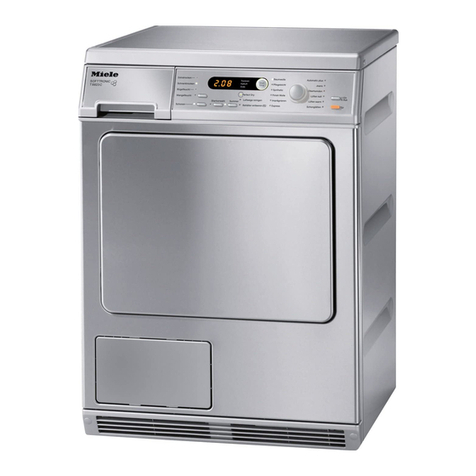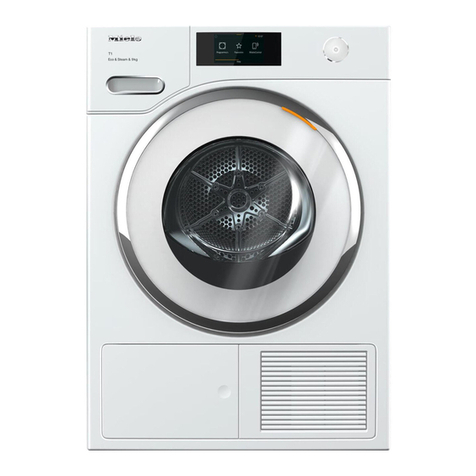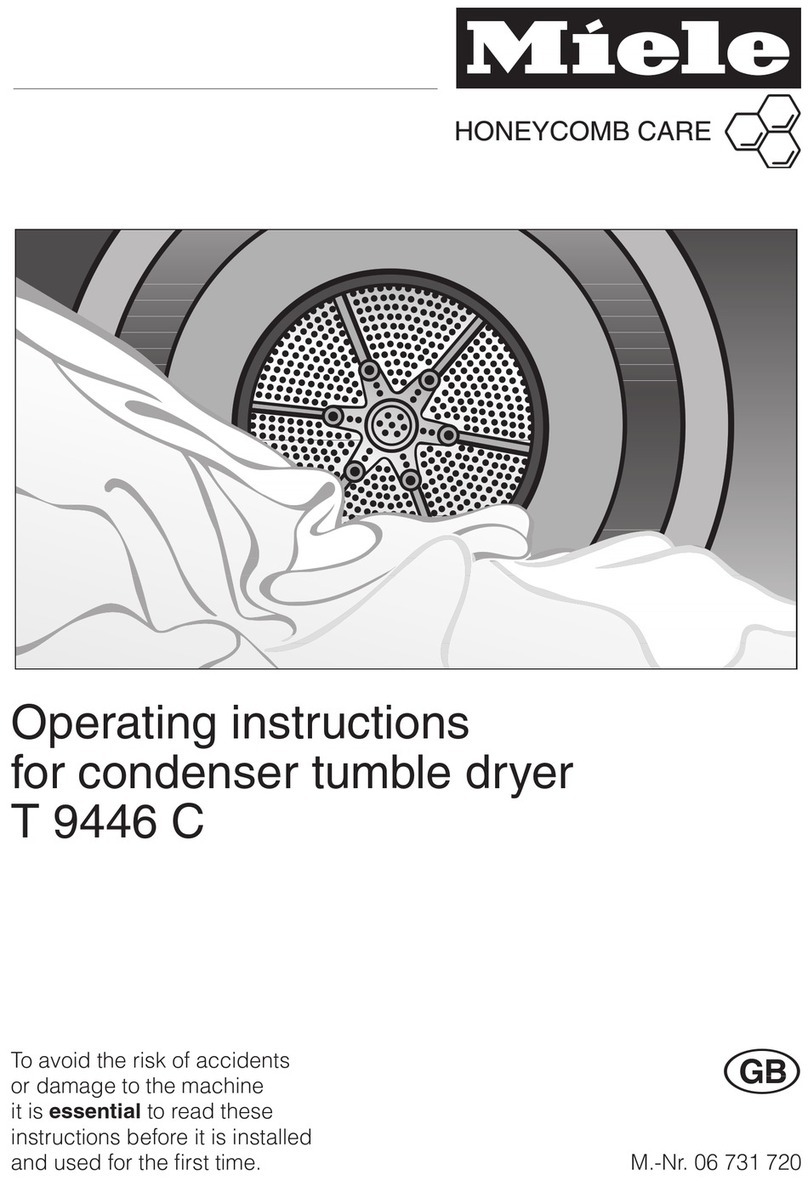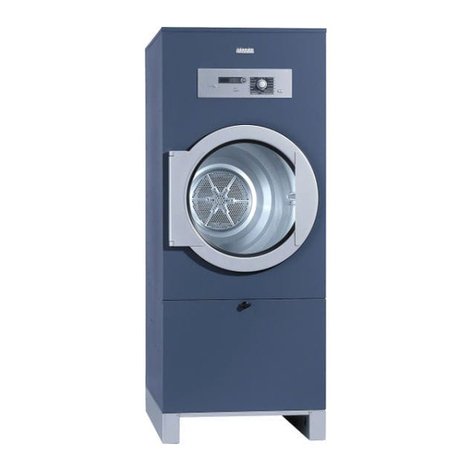Miele PT 5186 XL User manual
Other Miele Dryer manuals
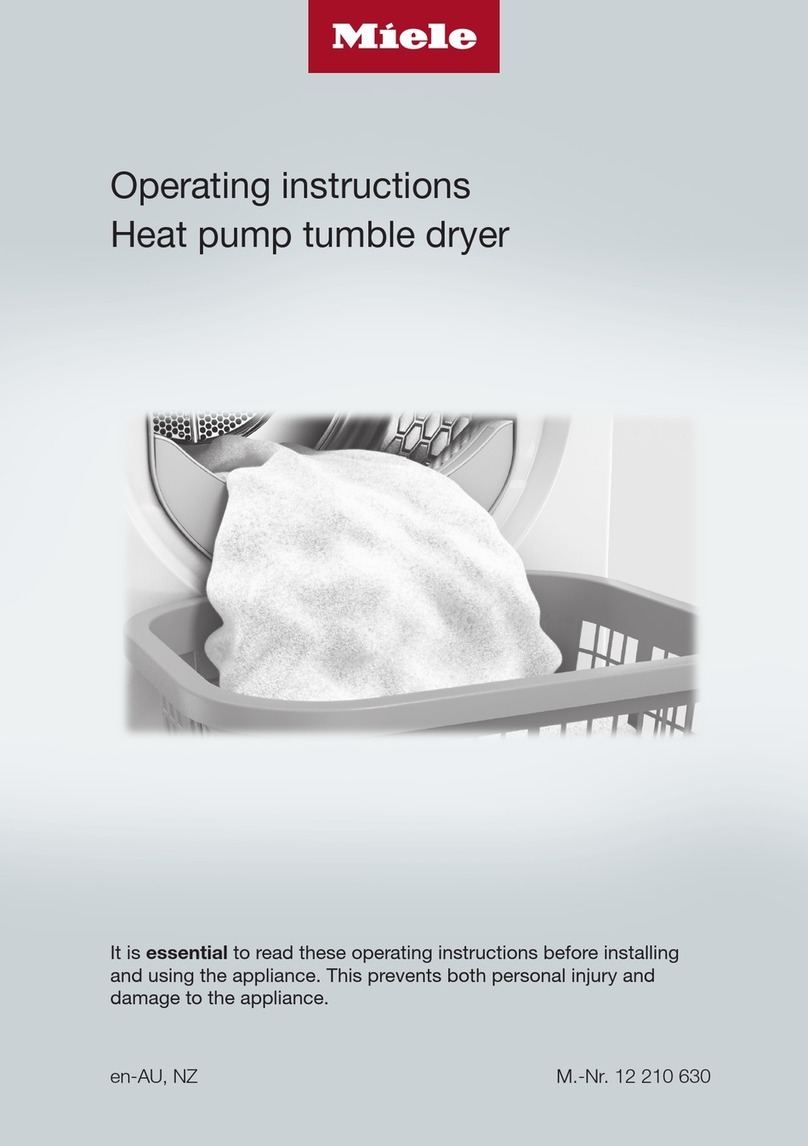
Miele
Miele TWD 364 WP User manual
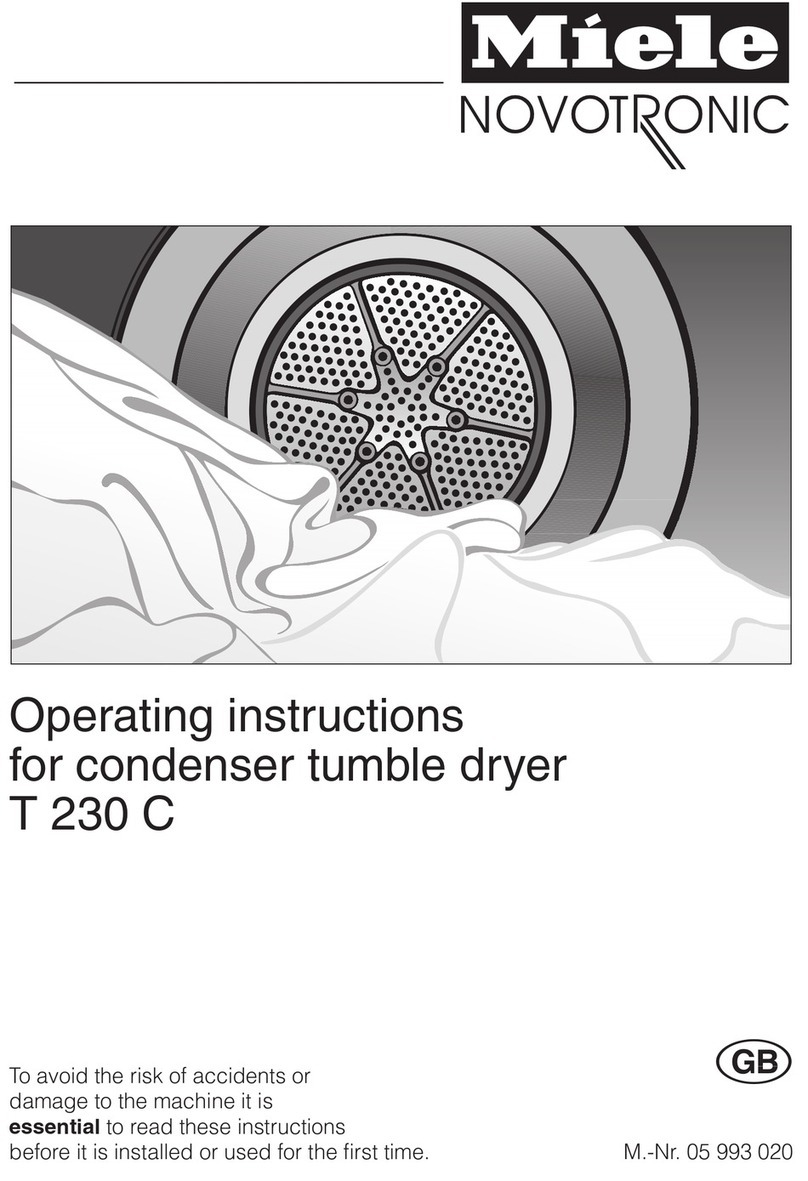
Miele
Miele T 230 C User manual

Miele
Miele PDR 914 User manual

Miele
Miele PDR 918 HP User manual
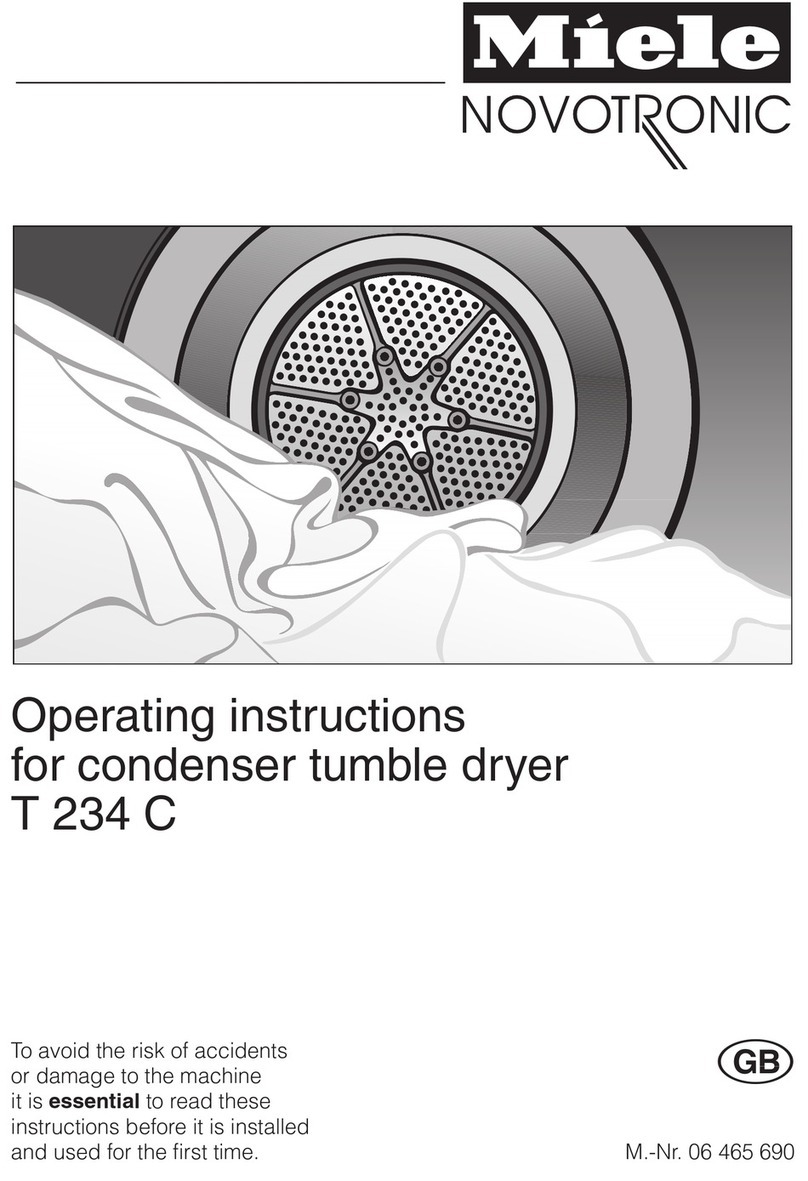
Miele
Miele T 234 C User manual
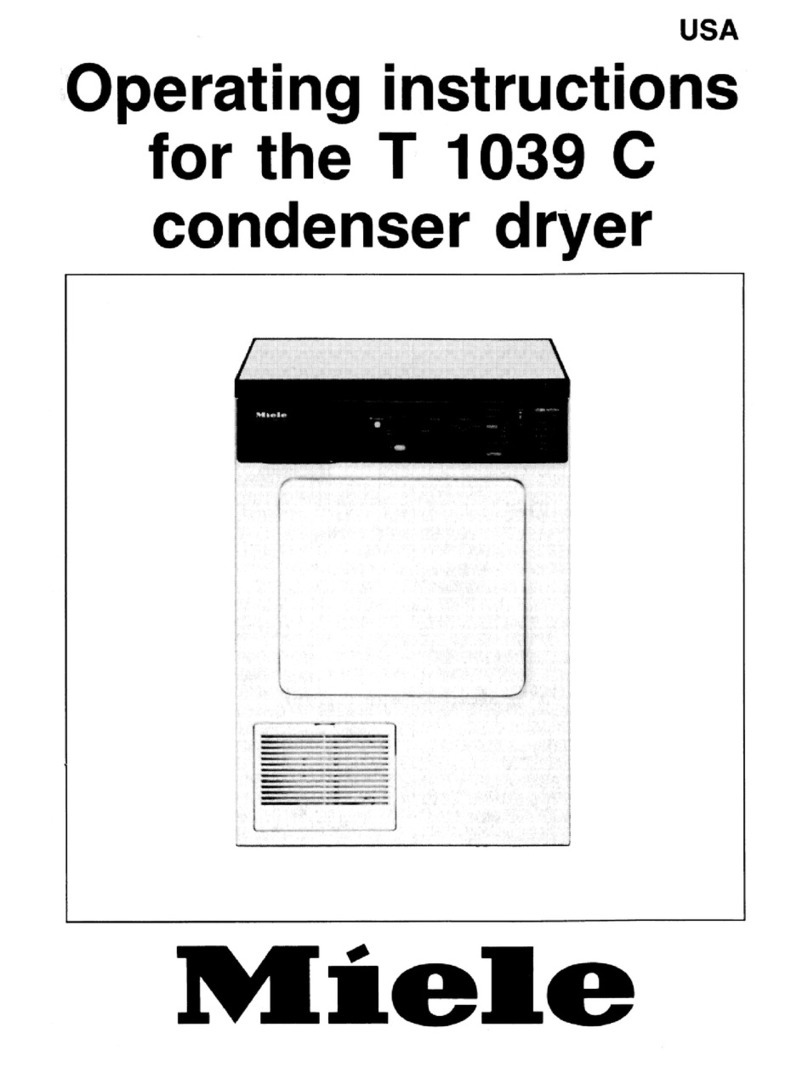
Miele
Miele T 1039C CONDENSER DRYER - OPERATING User manual
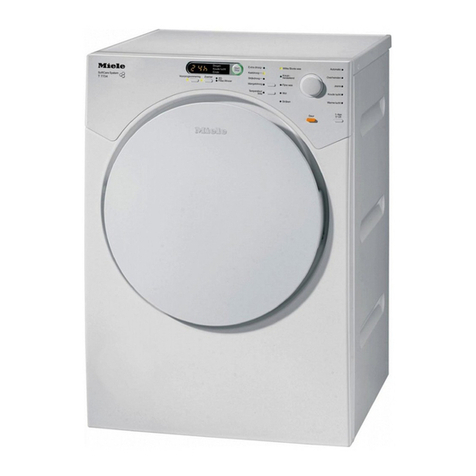
Miele
Miele T 7734 User manual
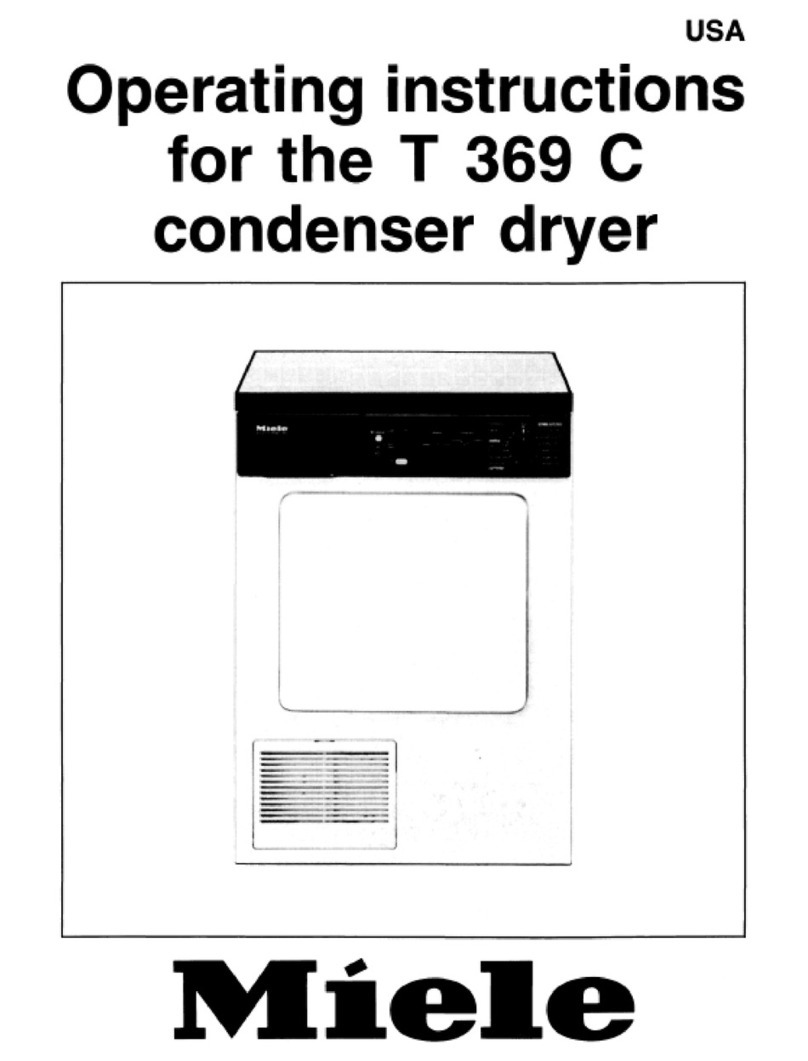
Miele
Miele T369C - User manual
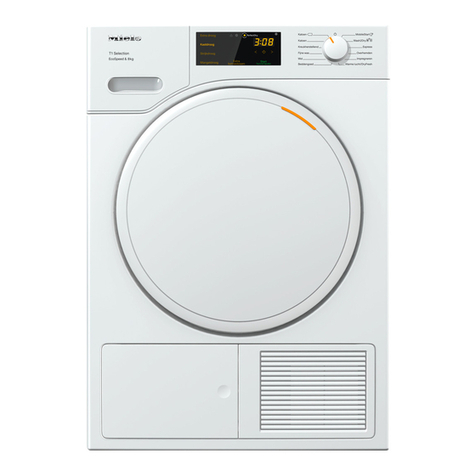
Miele
Miele TWB 120 WP User manual

Miele
Miele TDB130WP Eco User manual
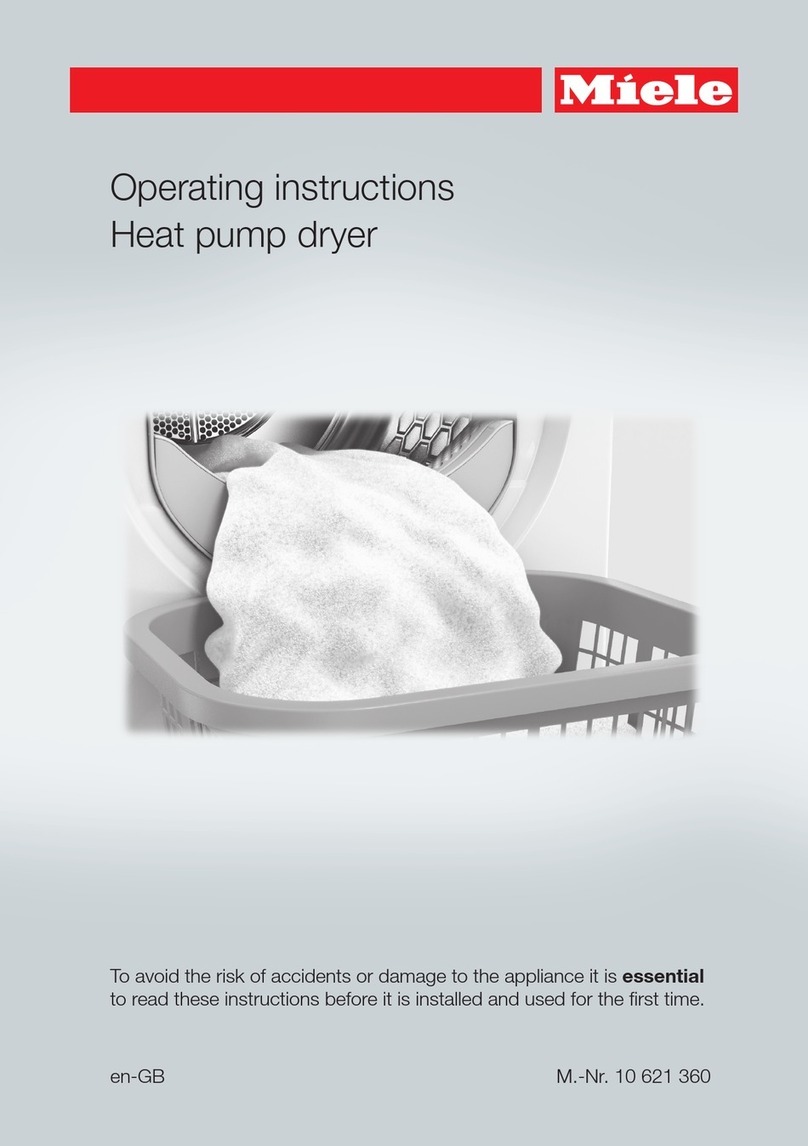
Miele
Miele TCE 620 WP User manual
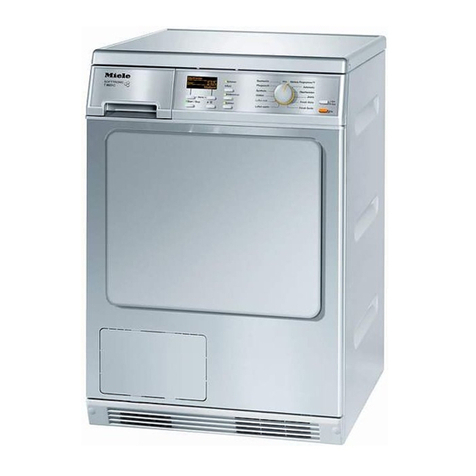
Miele
Miele T 8623C User manual
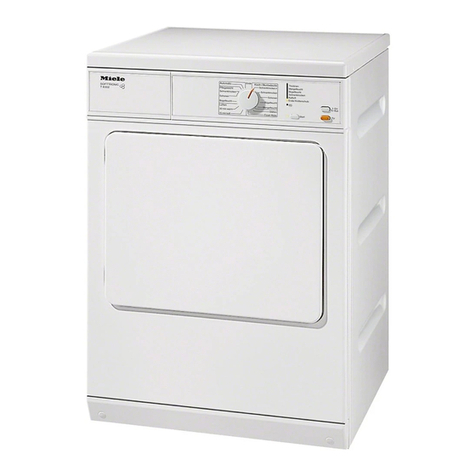
Miele
Miele t 8302 User manual
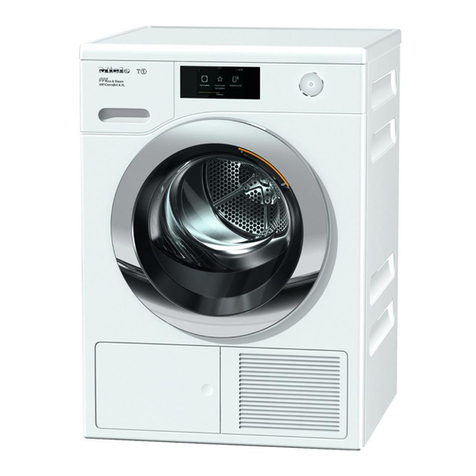
Miele
Miele TCR 860 WP User manual
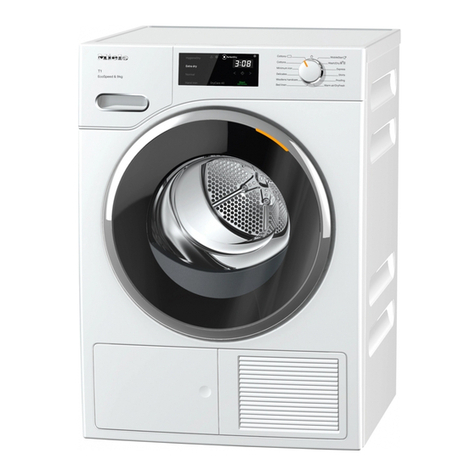
Miele
Miele TEL 785 WP User manual

Miele
Miele TKR650 WPS Finish Eco XL User manual

Miele
Miele PT 8331 G User manual

Miele
Miele tmr640wp User manual

Miele
Miele T 8622 C User manual

Miele
Miele TWB 140 WP User manual
Popular Dryer manuals by other brands

ffuuss
ffuuss eos user manual

KitchenAid
KitchenAid 53-3498 installation instructions

Schulthess
Schulthess Spirit topLine TW 8340 operating instructions

Whirlpool
Whirlpool LGR4624BW0 parts list

World Dryer
World Dryer AirMax D M5-972A manual

Alliance Laundry Systems
Alliance Laundry Systems ADEE9BSS user guide
